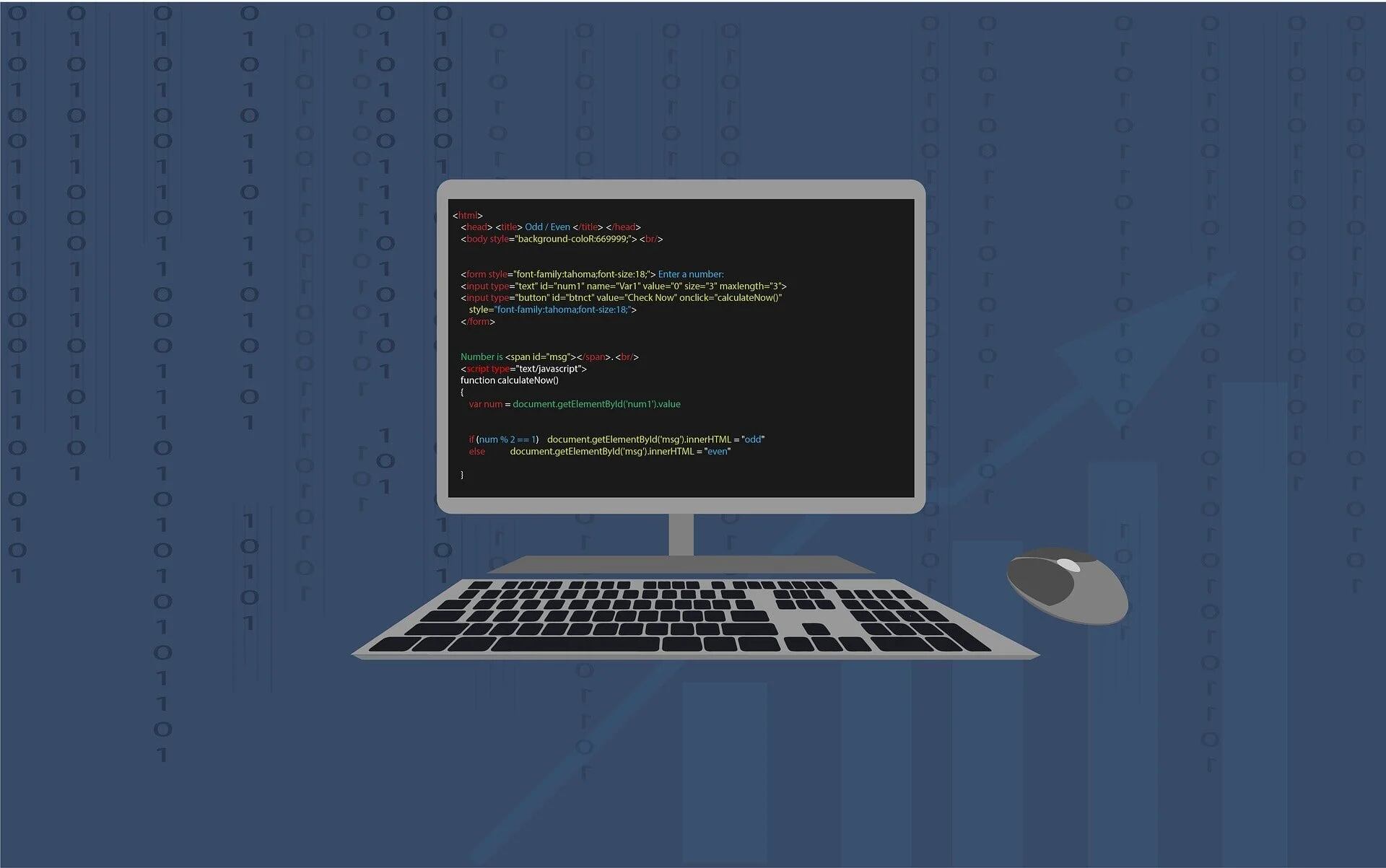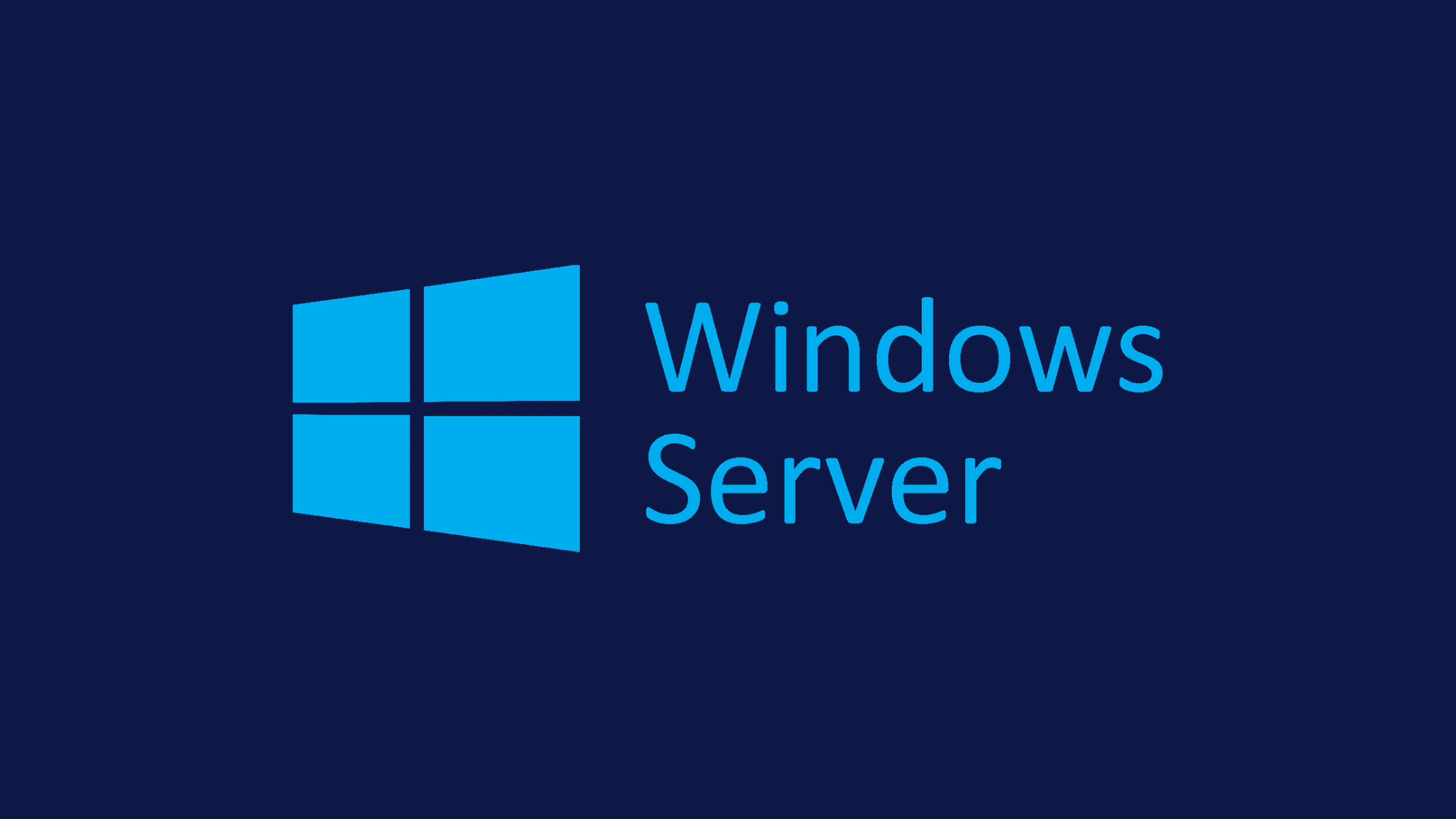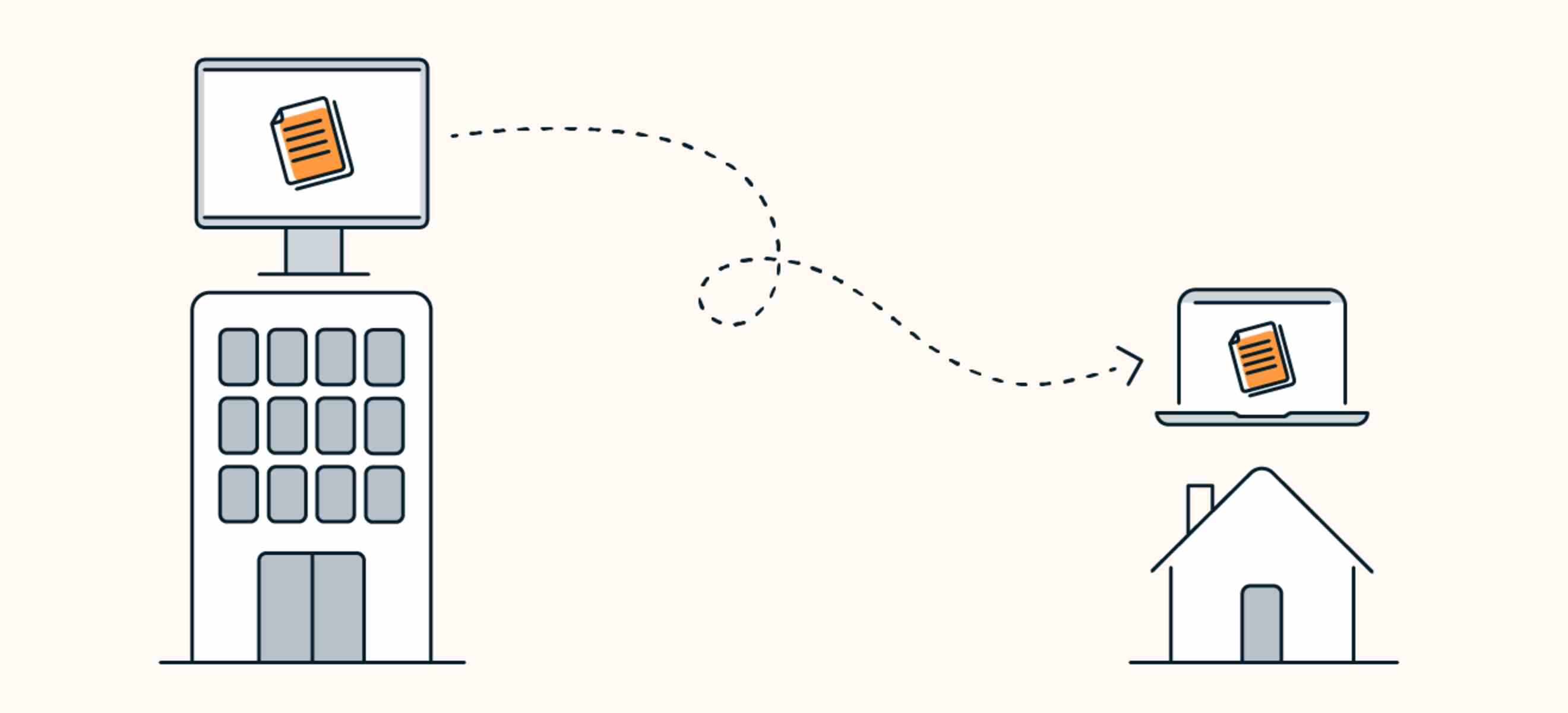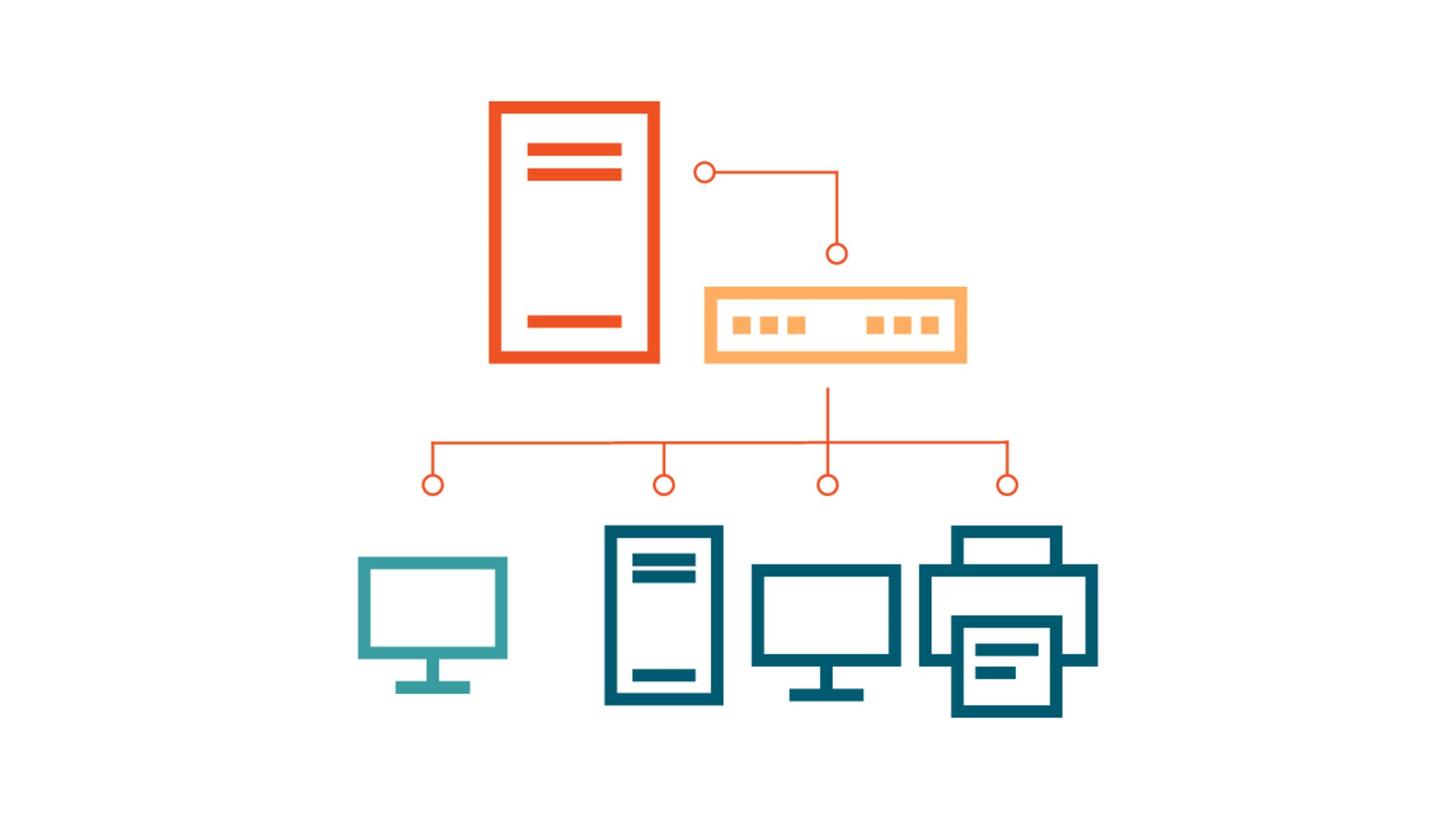Introduction
When it comes to managing and monitoring a large number of client workstations in an organization, Microsoft System Center Configuration Manager (SCCM) is an indispensable tool. SCCM enables IT administrators to deploy software, manage updates, and enforce security policies across the network. However, in order to effectively troubleshoot any issues or investigate errors, it is crucial to have access to the SCCM logs on each client workstation.
The SCCM logs contain valuable information about the activities and events that occur during the deployment and management processes. They can provide insights into software installations, updates, inventory, and compliance checks, as well as error messages and warnings. By analyzing the SCCM logs, administrators can identify and resolve issues promptly, ensuring the smooth operation of the client workstations.
In this article, we will explore various methods to locate the SCCM logs on a client workstation. We will discuss the default location of the logs, as well as alternative methods using Configuration Manager Trace Log Tool, cmtrace.exe, PowerShell, and Event Viewer.
Understanding where to find these logs and how to access them is essential for troubleshooting and diagnosing problems with SCCM deployments. Whether you’re a seasoned IT professional or just getting started with SCCM, this article will guide you through the process of locating and analyzing the SCCM logs on a client workstation.
What is SCCM?
Microsoft System Center Configuration Manager (SCCM) is a powerful software management tool used by IT administrators to manage and monitor client workstations within an organization. SCCM provides a comprehensive set of features and functionality that simplifies the tasks of deploying, managing, and securing software and updates on a large scale.
With SCCM, administrators can effectively control the configuration settings of client workstations, ensure compliance with organizational policies, and streamline software deployment processes. It offers a centralized management console that allows administrators to efficiently manage a wide range of tasks, including software distribution, patch management, inventory tracking, and system troubleshooting.
One of the key advantages of SCCM is its ability to automate and standardize software deployments across the organization. Administrators can create and customize software packages or applications, which can then be deployed to targeted workstations based on specific criteria. This eliminates the need for manual installations, reducing the time and effort required for software deployment.
SCCM also provides powerful reporting and monitoring capabilities that allow administrators to track the status of software deployments, monitor compliance levels, and generate comprehensive reports on various aspects of the client workstations. These reports provide valuable insights into the overall health and performance of the managed environment, enabling administrators to make informed decisions and take proactive measures to maintain system integrity.
In addition to its software management capabilities, SCCM offers robust features for managing client settings and configurations. Administrators can define and enforce security policies, configure system settings, and manage user profiles across multiple workstations, ensuring consistent configurations and a secure computing environment.
Overall, SCCM plays a critical role in streamlining IT operations, improving efficiency, and maintaining the stability and security of client workstations within an organization. Its comprehensive set of features and scalability make it an invaluable tool for IT administrators tasked with managing large-scale deployments and ensuring the smooth operation of enterprise systems.
Importance of SCCM Logs
The SCCM logs are a vital resource for IT administrators when it comes to troubleshooting and diagnosing issues with client workstations. These logs provide detailed information about the activities and events that occur during the software deployment and management processes. Understanding the importance of SCCM logs is crucial for efficiently resolving problems and ensuring the smooth operation of the client workstations.
First and foremost, the SCCM logs enable administrators to identify and investigate errors and warnings that may occur during software deployments or system management tasks. When a deployment fails or encounters issues, the logs can provide valuable insights into the specific error messages, error codes, and the sequence of events leading up to the failure. This information is crucial for troubleshooting and implementing effective solutions.
Furthermore, the SCCM logs capture information about software installations, removals, updates, and compliance checks. This allows administrators to track the deployment progress, verify successful installations, and ensure that system configurations and software versions comply with organizational policies. By monitoring the SCCM logs, administrators can proactively identify any discrepancies or inconsistencies and take necessary actions to rectify them.
SCCM logs also play a crucial role in auditing and compliance. They provide a detailed record of system activities and can be used to track changes made to the client workstations. This is particularly important in regulated industries where organizations must adhere to strict compliance standards. The SCCM logs can help in demonstrating compliance, generating reports, and providing evidence of adherence to the required security and configuration standards.
Another benefit of the SCCM logs is their ability to assist in performance monitoring and optimization. By analyzing the logs, administrators can identify bottlenecks, resource constraints, or system issues that may impact the performance of the client workstations. This insight allows for targeted troubleshooting and optimizations, optimizing system performance and ensuring a seamless user experience.
In summary, the importance of SCCM logs cannot be overstated. They provide crucial information for troubleshooting, auditing, compliance, and performance optimization. Administrators armed with the insights gleaned from the SCCM logs can swiftly and effectively resolve issues, ensuring the stability and efficiency of the client workstations within the organization.
Default Location of SCCM Logs
When it comes to locating the SCCM logs on a client workstation, understanding their default location is the first step. The default location of the SCCM logs can vary depending on the version of SCCM being used and the operating system of the client workstation.
For client workstations running Windows 7, Windows 8, or Windows 10, the SCCM logs are typically stored in the following directory:
C:\Windows\CCM\Logs
Within the “Logs” folder, you will find various log files that contain specific information about different components and processes of SCCM. These log files play a crucial role in troubleshooting and diagnosing issues related to software deployments, updates, inventory, and compliance checks.
It is important to note that the SCCM log files are plain text files and can be viewed using any text editor. However, to make the process of viewing and analyzing the logs easier, Microsoft provides a dedicated log viewer tool called “Configuration Manager Trace Log Tool” or CMTrace.
CMTrace is a powerful log viewer that enhances the readability of SCCM logs by color-coding different types of log entries and providing real-time monitoring capabilities. It is included as part of the SCCM client installation and can be found in the “Tools” folder of the SCCM client installation directory.
Aside from the default location, it is also worth mentioning that the SCCM logs can be stored in alternate locations or redirected to a different folder or network share. This is often done to meet specific organizational requirements or to facilitate centralized log collection and analysis.
Administrators can configure the SCCM client settings to specify a custom log path or enable log forwarding to a centralized log management system. It is important to consult the SCCM documentation or seek guidance from your organization’s SCCM administrator to determine if the logs are being redirected to a different location.
In the next sections, we will explore alternative methods to locate the SCCM logs using tools such as cmtrace.exe and PowerShell, as well as viewing the logs in Event Viewer. These methods can be particularly helpful if the default log location does not yield the desired results or if you prefer a more streamlined approach to accessing and analyzing the SCCM logs.
Using Configuration Manager Trace Log Tool
Configuration Manager Trace Log Tool, also known as CMTrace, is a valuable tool provided by Microsoft that simplifies the process of viewing and analyzing SCCM logs. CMTrace enhances the readability of the logs by color-coding different types of log entries, making it easier to identify errors, warnings, or informational messages.
CMTrace is included as part of the SCCM client installation and is located in the “Tools” folder of the SCCM client installation directory. Once you have located the CMTrace executable (cmtrace.exe), simply double-click on it to launch the tool.
When CMTrace opens, you can navigate to the default location of the SCCM logs (C:\Windows\CCM\Logs) and open the desired log file. Alternatively, you can use the “File” menu to open a log file or access recent log files.
Upon opening a log file, CMTrace will display the log entries in a scrolling window. The tool automatically tailors the display based on the log file content, highlighting important information and providing context-specific actions.
One of the standout features of CMTrace is its ability to live monitor the logs. As new log entries are written to the log file, CMTrace will automatically refresh the display, allowing you to easily monitor real-time events and troubleshoot issues on the fly.
In addition to its intuitive interface and real-time monitoring capabilities, CMTrace offers various features to improve log analysis. This includes the ability to filter log entries based on specific criteria, such as a particular process or error code, allowing you to narrow down the focus and quickly find relevant information.
CMTrace also supports advanced search functionality, enabling you to search for specific keywords or phrases within the log file. This can be particularly useful when dealing with large log files or when you are looking for specific events or patterns.
Overall, Configuration Manager Trace Log Tool (CMTrace) is a valuable tool for viewing and analyzing SCCM logs. Its user-friendly interface, real-time monitoring capabilities, and advanced search features make it an essential tool for administrators tasked with troubleshooting and diagnosing issues related to software deployments, updates, and system management processes.
Locating Log Files Using cmtrace.exe
When it comes to locating SCCM log files on a client workstation, the Configuration Manager Trace Log Tool, also known as cmtrace.exe, can simplify the process. Cmtrace.exe is a powerful utility provided by Microsoft that allows you to effortlessly locate and open SCCM log files for viewing and analysis.
To locate and open log files using cmtrace.exe, follow these steps:
- Locate the cmtrace.exe executable: Cmtrace.exe is typically included as part of the SCCM client installation and can be found in the “Tools” folder within the SCCM client installation directory.
- Double-click on cmtrace.exe to launch the tool: Once you have located the cmtrace.exe file, simply double-click on it to open the Configuration Manager Trace Log Tool.
- Navigate to the log file location: Within the Configuration Manager Trace Log Tool interface, use the “File” menu to navigate to the default location of the SCCM log files. By default, the SCCM log files are commonly stored in the “C:\Windows\CCM\Logs” directory of the client workstation.
- Select the desired log file: Once you have reached the log file location, select the specific log file you want to open for viewing and analysis.
- Open the log file: After selecting the log file, click on the “Open” button or press Enter to open the log file in the Configuration Manager Trace Log Tool.
Once the log file is open in cmtrace.exe, you will be able to analyze its contents. The Configuration Manager Trace Log Tool enhances the readability of the logs by color-coding different types of log entries, making it easier to identify errors, warnings, or informational messages.
Furthermore, cmtrace.exe offers additional features to improve log analysis. These include the ability to highlight search matches, filter log entries based on specific criteria, and live monitoring of new log entries as they are written to the log file. These features make it easier to troubleshoot issues, monitor real-time events, and quickly locate relevant information within the log files.
By using cmtrace.exe to locate and open SCCM log files, administrators can streamline the process of accessing and analyzing the logs. This tool simplifies log navigation, enhances readability, and provides valuable features to aid in log analysis, ensuring efficient troubleshooting and issue resolution in SCCM deployments.
Using PowerShell to Locate SCCM Logs
PowerShell is a versatile scripting language that can be leveraged to automate various tasks in the Microsoft System Center Configuration Manager (SCCM) environment. It provides a convenient and efficient way to locate SCCM logs on a client workstation. By using PowerShell, administrators can quickly and easily find the SCCM logs, saving time and effort in the troubleshooting process.
To use PowerShell to locate SCCM logs on a client workstation, follow these steps:
- Open a PowerShell console: Launch the PowerShell console on the client workstation. This can be done by searching for “PowerShell” in the Start menu or by using the Run dialog (Win + R) and typing “powershell”.
- Run the PowerShell command to locate the log files: In the PowerShell console, use the following command to search for the SCCM log files:
Get-ChildItem -Path C:\Windows\CCM\Logs -Recurse - Review the results: The PowerShell command will recursively search the specified directory and display a list of all SCCM log files found within the C:\Windows\CCM\Logs directory and its subdirectories. Review the list to identify the specific log files you are interested in analyzing.
By running this PowerShell command, you can quickly locate the SCCM log files on the client workstation without manually navigating through the file system. This can be particularly useful when you need to automate the process of finding log files across multiple client workstations.
Once you have identified the log files you want to analyze, you can use any text editor or log analysis tool to open and review their contents. The SCCM logs are plain text files, so you can easily view them in tools like Notepad, Notepad++, or PowerShell’s built-in Get-Content cmdlet.
Using PowerShell to locate SCCM logs offers a streamlined and efficient way to find relevant log files on client workstations. By automating this process, administrators can save time and effort when troubleshooting issues or analyzing log files across multiple systems.
It’s worth noting that the default location for SCCM logs may vary based on the version of SCCM and the operating system of the client workstation. If the logs are stored in a different location, modify the PowerShell command accordingly to search in the appropriate directory.
In the next section, we will explore another method to access and view the SCCM logs using Event Viewer, which provides a graphical interface for log analysis and troubleshooting.
Viewing SCCM Logs in Event Viewer
Event Viewer is a built-in Windows tool that provides a graphical interface for viewing and analyzing various system events and logs, including SCCM logs. Using Event Viewer, administrators can conveniently access and review SCCM logs on a client workstation, making it easier to troubleshoot issues and identify potential errors or warnings.
To view SCCM logs in Event Viewer, follow these steps:
- Open Event Viewer: To launch Event Viewer, press the Windows key + R to open the Run dialog, type “eventvwr.msc”, and press Enter.
- Navigate to the SCCM log location: In the Event Viewer window, expand the “Applications and Services Logs” folder, followed by “Microsoft,” “Windows,” and finally “CCM.” Here you will find various log folders corresponding to different SCCM components and processes.
- Select the desired log: Expand the appropriate log folder based on the specific SCCM log you want to view. For example, to access the logs related to software deployments, expand the “Application Deployment” log folder. To view hardware inventory logs, expand the “InventoryAgent” log folder.
- View the log entries: Within each log folder, you will find a list of log entries corresponding to specific events or actions. Double-click on a log entry to view its details, including timestamps, event descriptions, and any associated information.
Event Viewer provides a user-friendly interface for analyzing SCCM logs in a structured and organized manner. It allows administrators to filter log entries based on specific criteria such as event level, event source, or event ID, making it easier to find relevant information in a large log file.
Additionally, Event Viewer allows you to export log entries or create custom views to focus on specific types of events or particular timeframes. This can be helpful when analyzing SCCM logs for a specific issue or when sharing log information with colleagues or support teams.
It’s important to note that while Event Viewer provides a convenient way to view SCCM logs, it may not be as comprehensive or provide as much detail as using dedicated log analysis tools like cmtrace.exe. However, it offers a graphical interface that may be more familiar and comfortable for some administrators.
By utilizing Event Viewer to view SCCM logs, administrators can leverage the power of a user-friendly graphical interface to analyze log entries, troubleshoot issues, and gain insights into the activities and events occurring within the SCCM environment on a client workstation.
Troubleshooting Common Issues with SCCM Logs
SCCM logs play a vital role in troubleshooting and resolving issues within the system. By analyzing the information contained in these logs, administrators can identify and address common problems that may arise during software deployment, updates, and system management processes. Let’s explore some of the common issues encountered in SCCM deployments and how the logs can help in troubleshooting them.
1. Failed Software Deployment: When a software deployment fails, reviewing the corresponding SCCM logs can provide insights into the reason behind the failure. Look for error messages and error codes in the logs to determine any issues with the installation process, dependencies, or potential conflicts.
2. Update Failures: If updates fail to install on client workstations, examining the SCCM logs can help pinpoint the cause. Look for specific error codes and messages related to update installation failures. This information can guide the troubleshooting process and assist in resolving the update issues.
3. Client-Server Communication Issues: SCCM logs can be a valuable resource when troubleshooting client-server communication problems. Look for log entries related to client registration, communication errors, or failed client installations. These logs can help identify network issues, firewall restrictions, or other communication-related hurdles.
4. Software Inventory Issues: If there are discrepancies or inconsistencies in software inventory data, the SCCM logs can shed light on the problem. Review the inventory-related logs to identify any issues with inventory scanning, data collection, or processing. This can help resolve discrepancies and ensure accurate software inventory reporting.
5. Compliance and Configuration Problems: SCCM logs can aid in troubleshooting compliance and configuration-related issues. By examining the logs, administrators can identify non-compliant systems, configuration errors, or issues with policy enforcement. This information can guide the remediation process and ensure adherence to organizational standards.
6. Performance Problems: Performance issues in SCCM deployments can be resolved by analyzing the logs. Look for resource-related entries, database-related errors, or log entries indicating server overload. This information can assist in identifying bottlenecks, optimizing configurations, or scaling up the infrastructure for improved performance.
When troubleshooting these common issues, it is essential to carefully review the relevant SCCM logs. Pay attention to error messages, warning signs, and other indicators that can help identify the root cause of the problem. Additionally, it may be helpful to cross-reference different logs to gain a comprehensive understanding of the issue.
By using the SCCM logs as a troubleshooting resource, administrators can efficiently diagnose and resolve common issues, ensuring the smooth operation of SCCM deployments, minimizing downtime, and optimizing system performance.
Conclusion
In the world of IT administration, managing and troubleshooting client workstations is a complex task. Microsoft System Center Configuration Manager (SCCM) simplifies this process, but understanding and leveraging SCCM logs is essential for effective troubleshooting and issue resolution.
In this article, we explored various methods to locate and access the SCCM logs on a client workstation. We discussed the default location of the logs and highlighted alternative methods such as using Configuration Manager Trace Log Tool (CMTrace), PowerShell, and Event Viewer.
We learned that CMTrace is a powerful log viewer tool included with the SCCM client installation. CMTrace enhances log readability, offers real-time monitoring, and provides features like filtering and searching to streamline log analysis.
PowerShell, on the other hand, allows administrators to automate the process of locating SCCM logs across multiple client workstations, saving time and effort. By running a simple PowerShell command, administrators can quickly identify the relevant log files for analysis.
Event Viewer offers a familiar graphical interface for accessing and reviewing SCCM logs. It provides a structured view of log entries, allows for customized views, and facilitates log exportation. Event Viewer is particularly useful for administrators who prefer a graphical interface for log analysis.
We also explored the importance of SCCM logs and how they aid in troubleshooting common issues such as software deployment failures, update issues, client-server communication problems, inventory discrepancies, compliance and configuration errors, and performance problems.
By leveraging SCCM logs, administrators can swiftly identify the root causes of issues, leading to faster resolution and more efficient management of client workstations.
Overall, understanding the various methods to locate, access, and analyze SCCM logs is essential for IT administrators working with SCCM deployments. Armed with this knowledge, they can confidently troubleshoot issues, optimize performance, and ensure the smooth and secure operation of client workstations.

























